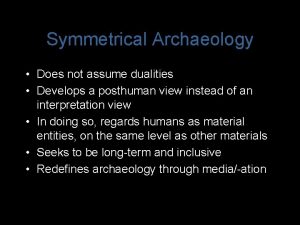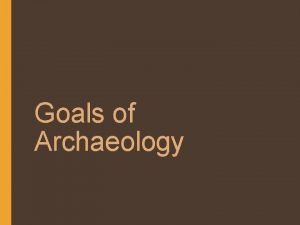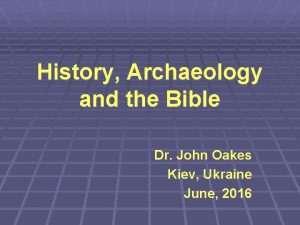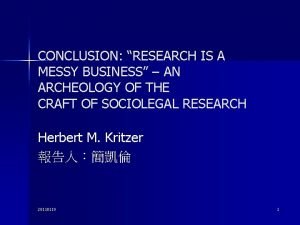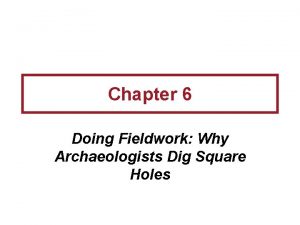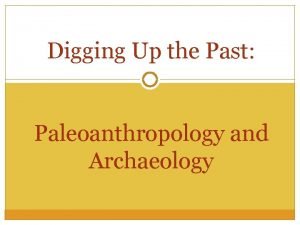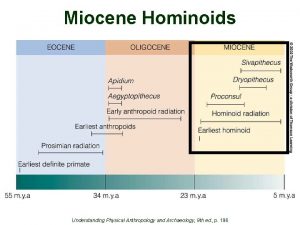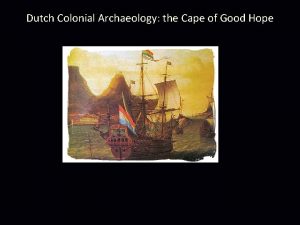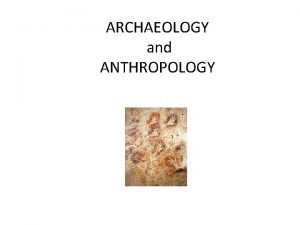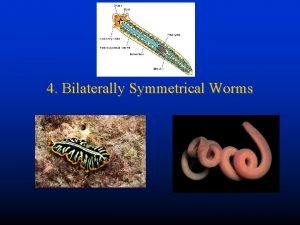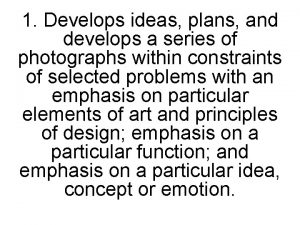Symmetrical Archaeology Does not assume dualities Develops a








- Slides: 8

Symmetrical Archaeology • Does not assume dualities • Develops a posthuman view instead of an interpretation view • In doing so, regards humans as material entities, on the same level as other materials • Seeks to be long-term and inclusive • Redefines archaeology through media/-ation

Traditional approach Past and its things/events Linear passage of time Excavation of remains in the present Leading to Description Leading to Interpretation

Symmetrical approach Materials transact, influencing each material such that its past is of equal weight to its present at every moment. Excavation is one such moment. Material entities transacting, and time percolating Understanding the material requires media/mediation of the transacting attributes of the material in relation to other materials (contextual) and to time, achieved not just through description/interpretation.

• Through mediation the archaeologist is not the subject, and material not the object, but both are equal entities, neither distinct from the other. • Symmetrical archaeology stops short of interpretation, focusing instead on the relations between material entities

Rem Koolhaus and the OEM Exhibit at Mo. MA

• Media = Modes of Engagement • Subject / Object relationship • Networks of information


Discussion Questions • What is the discipline of archaeology? What concepts are at its base? What are the inherit issues with the discipline? • Can symmetrical archaeology be used as a methodology? What can symmetrical archaeology and its premises offer to related disciplines? • How can the issue of “objectivity” be addressed? • Are Hodder’s concepts of being “momentary, fluid and flexible” enough to reevaluate archaeology as a discipline? • Are we satisfied with mediation as a replacement for interpretation? • Should archaeology play the philosophical role that symmetrical archaeology advocates?
